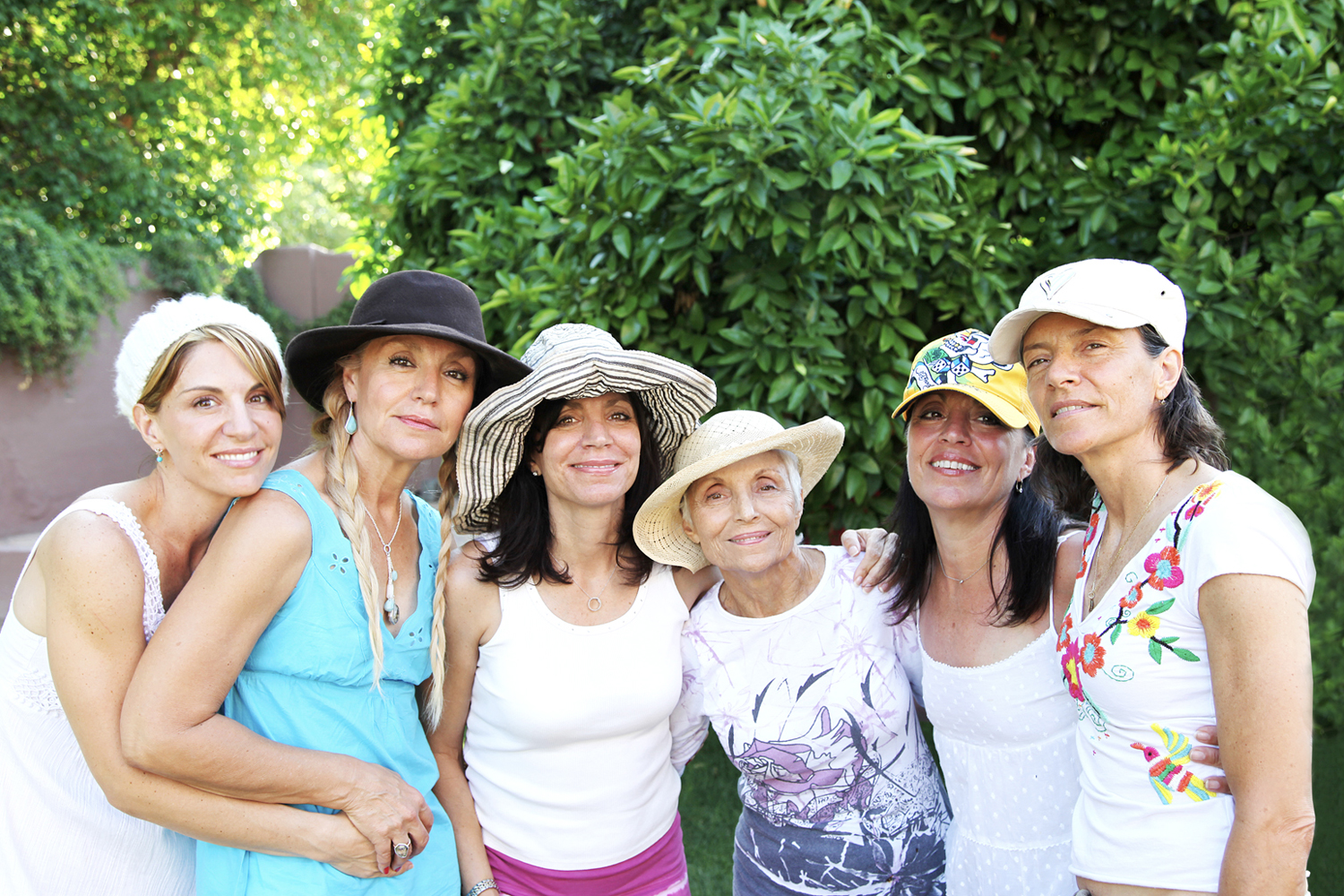WHEN PEOPLE DIAGNOSED WITH CANCER receive chemotherapy, some show up to treatment accompanied by a friend or family member, while many go alone. Marriann Gofonia, on the other hand, typically arrived to receive her infusions with an entourage.
Gofonia started chemotherapy for advanced breast cancer in 2007 at age 75. This was the third time her cancer had returned since she was first diagnosed with breast cancer a decade earlier. Gofonia’s five daughters took turns accompanying their mother to her infusions, often going two at a time. In the close quarters of the chemotherapy lounge, the Gofonia sisters quickly struck up conversations with other patients. The family began carpooling with a woman they met during treatment and regularly brought in baked goods to share with their new friends.
Focus on listening when interacting with someone receiving chemotherapy.
Alyssa Dinowitz, executive director of Chemo Companions, acknowledges that speaking with someone receiving chemotherapy can take people out of their comfort zones. However, she encourages volunteers not to be intimidated. Dinowitz says patients are often eager to talk and appreciate the human connection. While a volunteer’s first instinct may be to tell patients that everything will be alright, Dinowitz urges people to avoid those kinds of platitudes and focus on listening. “Everyone’s so relatable,” she says.
After Gofonia died in September 2009, her youngest daughter, Alyssa Dinowitz, felt compelled to return to the cancer center and maintain those friendships. “I felt like they were part of my family,” she says. Dinowitz soon became a regular presence in the chemotherapy lounge. She also helped patients financially when she could, buying groceries for one woman and ensuring others had holiday presents for their children.
Dinowitz decided to turn her efforts into a nonprofit in 2010. Through Chemo Companions, Dinowitz and other volunteers in the Scottsdale, Arizona, area provide cancer patients receiving chemotherapy infusions with a friendly face and someone to talk to, as well as gifts to make the experience a little easier.
Chemo Companions volunteers break the ice with patients by giving them a bag filled with items selected to meet their needs. Items that can be helpful for someone receiving chemotherapy include lip balm to help with dry skin, ginger chews to help address nausea, a knitted hat for warmth, and crossword puzzles and an adult coloring book to help keep them entertained.
Volunteers attend an hourlong training session at an Ironwood Cancer & Research Center in Chandler, Arizona. Then, they typically spend time visiting people receiving chemotherapy on a weekly basis at Ironwood or Banner MD Anderson Cancer Center in Phoenix. Approximately 70% of patients come alone to their infusions, Dinowitz says, so the volunteers try to ensure they do not get lonely. “You see the benefit right away,” Dinowitz says of the volunteers’ interactions with people receiving chemotherapy. “Connection in this world and being relatable is the most powerful thing.”
Cancer Today magazine is free to cancer patients, survivors and caregivers who live in the U.S. Subscribe here to receive four issues per year.





